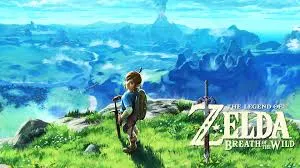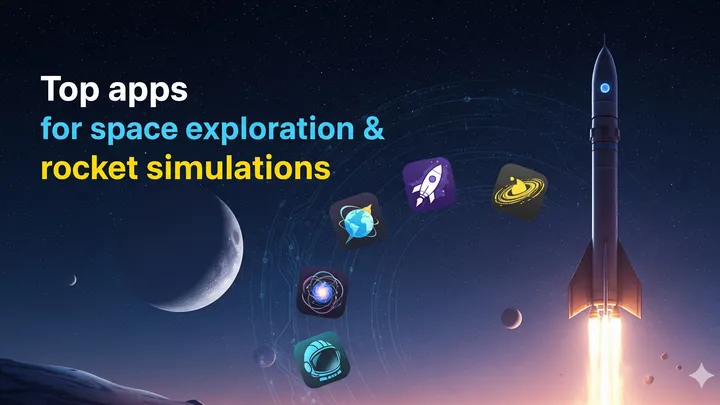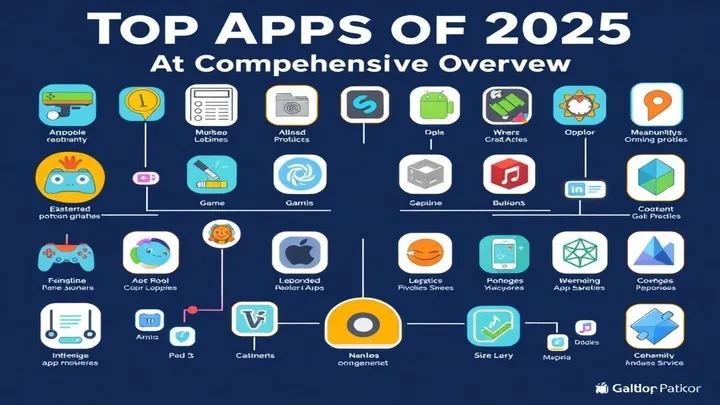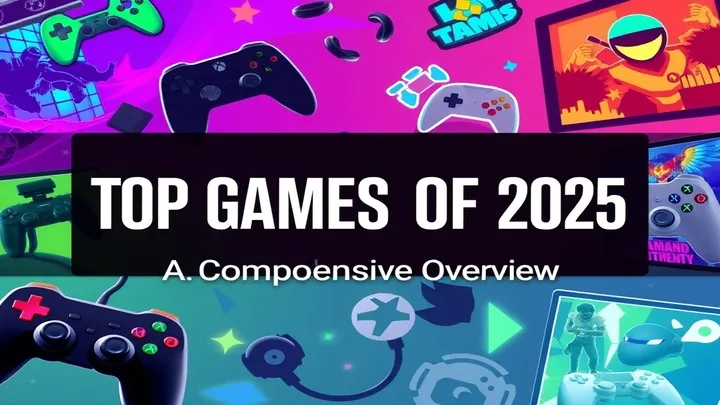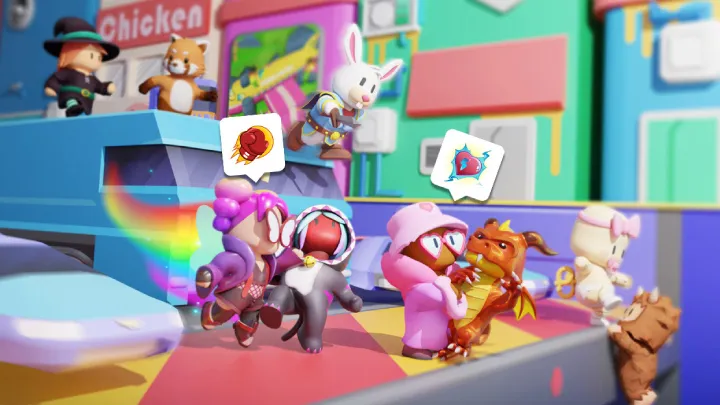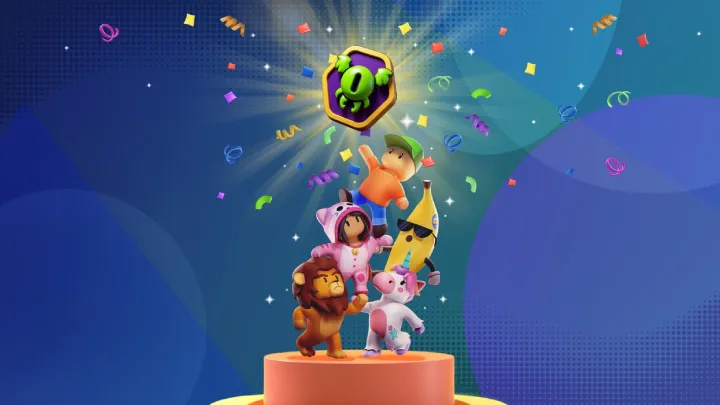The Evolution of Link: Character Development in The Legend of Zelda Series
The Legend of Zelda series has captivated gamers for decades, with its compelling narratives, innovative gameplay, and memorable characters. At the heart of this franchise is Link, the iconic hero who embodies the spirit of courage and adventure. Over the years, Link has evolved significantly, reflecting changes in gaming technology, storytelling techniques, and cultural expectations. This article explores the evolution of Link as a character, examining how his development has shaped the series and resonated with players across generations.
The Early Years: A Silent Protagonist
Link's Origins
Link made his debut in the original The Legend of Zelda in 1986. In this early iteration, he was a silent protagonist, with little backstory or character development. Players controlled him as he embarked on a quest to rescue Princess Zelda and defeat the evil Ganon.
Minimal Characterization
In the original game, Link's character was largely defined by his role as a hero. Players had to project their own emotions and motivations onto him, as he did not speak or express himself beyond basic actions. This design choice allowed for a broad range of player interpretations but limited the depth of his character.
The Hero's Journey
Despite his minimal characterization, Link's journey followed the classic hero's arc. He faced trials, acquired new abilities, and ultimately confronted Ganon, embodying the archetype of the brave hero. This foundational narrative established the groundwork for Link's character in future titles.
The Awakening: Character Depth in Link's Awakening
Introducing Dialogue
With the release of The Legend of Zelda: Link's Awakening in 1993, Link began to show signs of character development. This game introduced dialogue, allowing him to interact with other characters and express himself in ways that were previously impossible.
Emotional Connections
The interactions with characters like Marin and the mysterious inhabitants of Koholint Island provided players with insight into Link’s personality. These relationships began to humanize him, making his quest feel more personal and emotionally resonant.
Dreams and Reality
Link's journey in Link's Awakening also introduced existential themes, as he navigated a dream world. This narrative twist added layers to his character, prompting players to consider the nature of reality and the impact of dreams on identity.
The Hero of Time: Ocarina of Time
A Fully Realized Character
The Legend of Zelda: Ocarina of Time marked a turning point in Link's character development. With advancements in technology, the game introduced a more complex narrative that allowed for deeper character exploration.
Dual Timelines
The introduction of time travel added layers to Link's character. Players experienced his growth from a carefree child to a responsible adult, emphasizing the passage of time and the burdens of heroism. This duality enriched Link’s character, showcasing his evolution and the weight of his responsibilities.
Emotional Depth
In Ocarina of Time, Link's interactions with characters like Princess Zelda and Saria reveal his emotional depth. His relationships are characterized by friendship, loyalty, and sacrifice, highlighting the importance of companionship in his journey.
The Burden of Choice
As Link navigates through time, he faces the consequences of his actions, reinforcing the idea that heroism comes with moral dilemmas. This complexity adds depth to his character, making him more relatable and human.
The Wind Waker: A Different Approach
A New Art Style
The Legend of Zelda: The Wind Waker, released in 2002, introduced a cel-shaded art style that dramatically changed the series' visual presentation. This stylistic shift also affected Link's character portrayal.
Youthful Innocence
In The Wind Waker, Link is depicted as a young boy, emphasizing his innocence and adventurous spirit. This portrayal contrasts with the more mature representation in Ocarina of Time, showcasing different facets of his character.
Exploration and Freedom
The game's open-world design allows players to explore the vast ocean and numerous islands, embodying the spirit of adventure. Link's role as an explorer emphasizes his curiosity and desire for discovery, reinforcing his character as a hero who seeks new horizons.
Emotional Connections
Link's relationships with characters like Tetra, who later reveals her identity as Princess Zelda, add emotional depth to the story. Their evolving dynamic highlights themes of friendship, trust, and destiny, enriching Link's character development.
The Twilight Princess: A Darker Tone
Maturity and Complexity
The Legend of Zelda: Twilight Princess, released in 2006, marked another evolution in Link's character. This installment presented a darker narrative, reflecting the challenges he faces in a more mature world.
The Struggle with Identity
In Twilight Princess, Link transforms into a wolf, symbolizing the duality of his nature. This transformation adds complexity to his character, as he grapples with his identity and the responsibilities that come with being a hero.
Themes of Sacrifice
Link's journey in Twilight Princess emphasizes themes of sacrifice and duty. He must confront the darkness within himself and the world around him, showcasing the emotional struggles that come with heroism.
Relationships and Growth
The relationships Link forms with characters like Midna and Princess Zelda deepen his character development. Midna, in particular, serves as a foil to Link, challenging him to confront his fears and grow as a hero.
Breath of the Wild: A New Beginning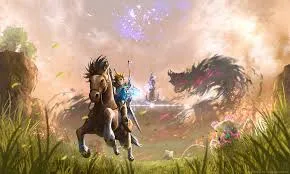
Open-World Freedom
The Legend of Zelda: Breath of the Wild, released in 2017, represents a significant departure from previous titles in terms of gameplay and character development. The open-world design allows for unprecedented freedom and exploration.
A Blank Slate
In Breath of the Wild, Link awakens with little memory of his past, presenting him as a blank slate. This choice allows players to shape his journey and character through their choices, emphasizing the theme of self-discovery.
A Hero in Recovery
The narrative explores Link’s recovery and growth as he regains his memories and confronts Calamity Ganon. This journey of rediscovery highlights themes of resilience and determination, showcasing Link's strength as he overcomes obstacles.
Emotional Connections
Link’s relationships with characters like Princess Zelda and the various champions provide emotional depth to the story. Their shared struggles and aspirations underscore the importance of teamwork and unity in the face of adversity.
The Legacy of Link's Evolution
Impact on Gaming
Link's character evolution reflects broader trends in gaming, where protagonists are increasingly complex and relatable. The shift from a silent hero to a multifaceted character mirrors changes in storytelling within the medium.
A Role Model for Players
Link serves as a role model for players, embodying qualities such as courage, resilience, and compassion. His journey resonates with audiences, inspiring them to confront their own challenges and grow.
The Future of Link
As the Zelda franchise continues to evolve, Link's character will undoubtedly adapt to new narratives and gameplay mechanics. Future titles may explore even deeper aspects of his personality and relationships, further enriching the character.
Conclusion
The evolution of Link in The Legend of Zelda series reflects the growth of storytelling in video games. From a silent protagonist to a complex hero with emotional depth and relatable struggles, Link has transformed alongside the medium itself. Each installment in the series builds upon his character, allowing players to connect with him on a personal level. As the franchise continues to innovate and expand, Link remains a symbol of courage and adventure, inspiring generations of players to embark on their own heroic journeys.








